In traditional companies, all agents of a company have employment contracts that regulate their relationship with the organization and with each other. Their rights and obligations are regulated by legal contracts and enforced by a legal system that is subject to the underlying governing law of the country they reside in. If anything goes wrong, or someone does not stick to their end of the bargain, the legal contract will define who can be sued for what in a court of law.
DAOs, on the other hand, involve a set of people interacting with each other according to a self-enforcing open-source protocol. Keeping the network safe and performing other network tasks is rewarded with the native network tokens.
I managed to speak with Pat Rawson (Communications Director) of DAOstack on to get some insights about their platform.
Me: It’s great to have you with us! Please walk us through your unique idea behind DAOstack
Pat: Thank you! DAOstack is an open-source software solution designed to support global collaborative networks and DAOs, which are blockchain-native organizations. The stack can be used to design and deploy organizations for any kind of collective work. It utilizes tools to connect these organizations so as the size of the network grows the organizations in the network are strengthened.
This is the opposite of what normally occurs with current organizational structures. As an organization gets larger, it typically becomes less innovative, less agile and tends to adopt a more top-heavy governance structure. Collaborative networks and DAOs offer an alternative to this and the potential to change the way we structure certain types of organizations.
Me: Mr. Rawson, our audience wanna know what distinct features you are bringing here?
Pat: One of the most unique features (although, it’s not quite a feature( about DAOstack is the learnings we have gathered from the GenesisDAO. It’s rare for projects to have such a wonderful example of a pilot case study out in the wild! The GenesisDAO is one of the longest-running DAO experiments and has been active since June 2018. It has over 200 members and offers some really interesting insights into how DAOs function in real-world situations. You can find out more about the DAO here.
Me: Please tell us about your journey as a Marketing Professional and what excited you to work on this project?
Pat: I started my career in an agency environment with a focus on design. I worked with a number of high profile brands such as HBO, Universal Pictures and Spotify. Blockchain technology was starting to gain real momentum around this time, and I saw huge potential in the space and shifted into a marketing role within the industry.
I took this domain knowledge into my role at DAOstack allowing me to drive a highly successful token sale campaign and be instrumental in developing the profile of the company as one of the technology leaders in the DAO space.
Me: Rawson, from a marketing point of view, what is the most challenging thing for you? How you are planning to acquire more users?
Pat: I think the challenges we face are the same as any project that is building new technology. For most products, your audience has a frame of reference. They understand what the product is, how it works and what it can do for them. When it comes to collaborative networks, DAOs or other emerging technologies this isn’t the case. This presents a new set of challenges for our marketing efforts and requires a creative approach to educate our audience. We’re essentially inventing the language, terminologies and best practices as one of the first movers in the market.
Me: Sustainability isn’t easy to put up with, especially if you are trying to capture a bigger market sphere! How do you plan to handle the challenges that might come your way throughout this process?
Pat: One of the unique challenges for all DAOs is the creation of self-funding DAOs. Our team has spoken in the past about the need to create a circular token economy where DAOs become internally sustainable without the need for continued external funding. The GEN token and its use in the DAOstack Predictor’s Network alongside large scale collaborative networks may offer a solution to this particular problem.
Me: Who are your biggest competitors? And How you are planning to set foot in this bad market?
Pat: There is a small but growing number of organizations working on developing DAO technology. I wouldn’t consider them competitors as we are all working towards a common goal of DAO adoption. If this is achieved there is a potentially huge market share for each of the companies involved. DAOstack is focused on the creation of large-scale DAOs and Collaborative Networks while other companies are working on their own unique use-cases.
Thanks, Pat being with us today. It was fun and inspirational at the same time to speak with you.

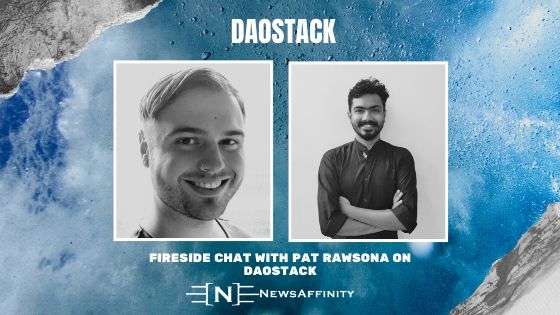
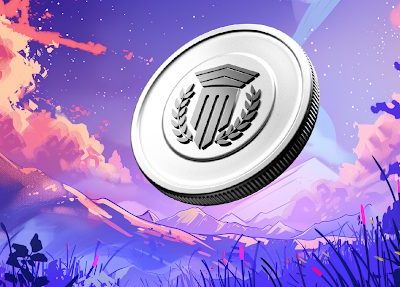
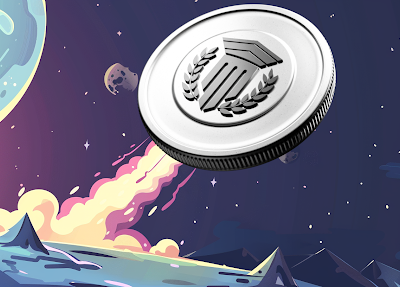
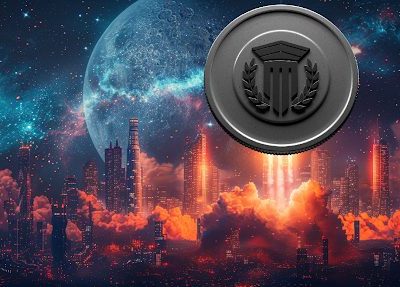
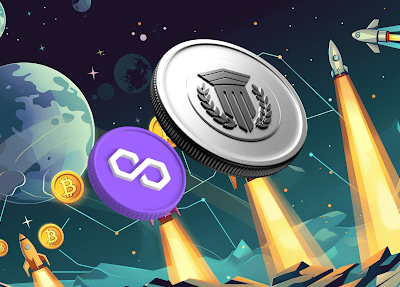

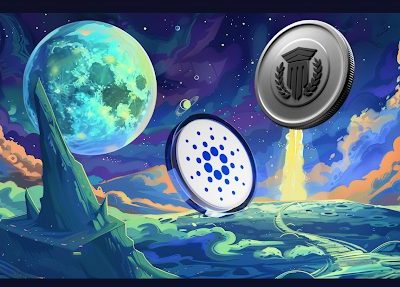
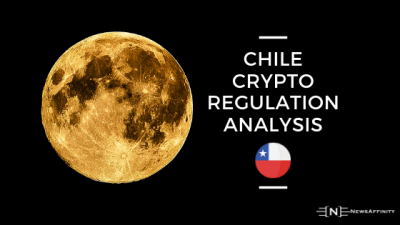
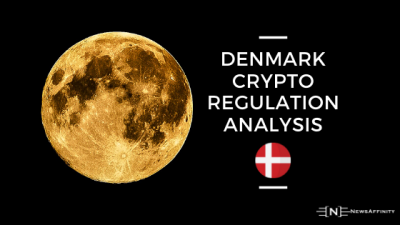
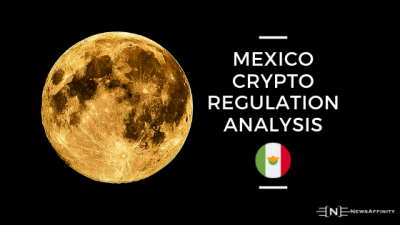
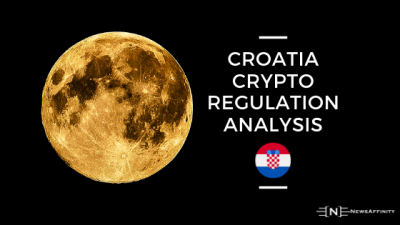


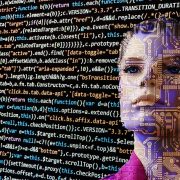
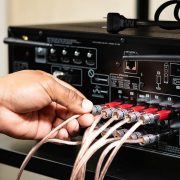
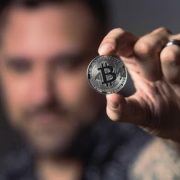
Comments